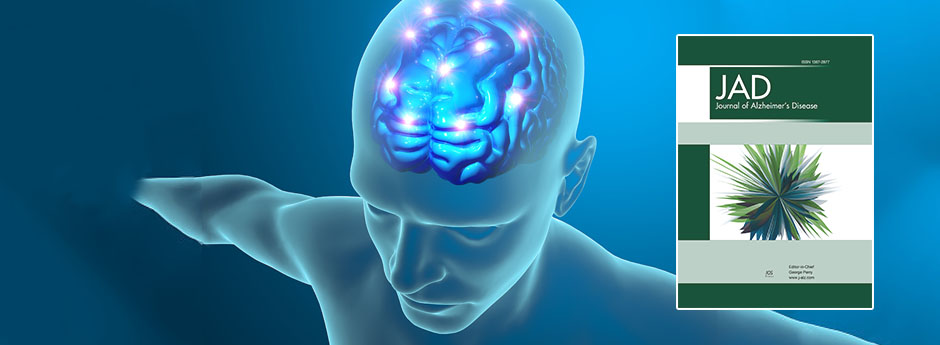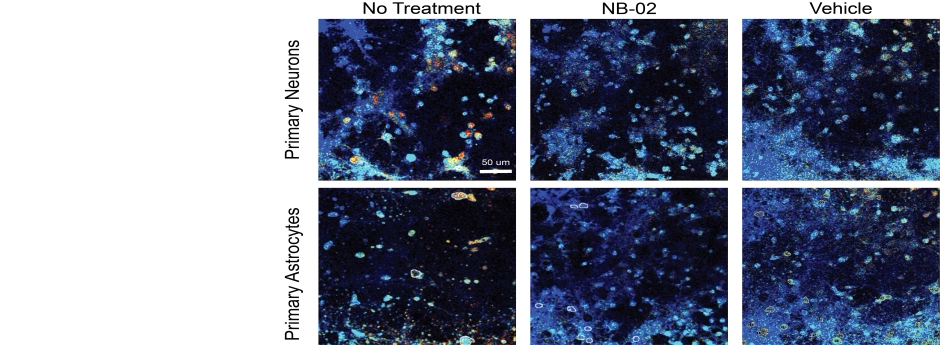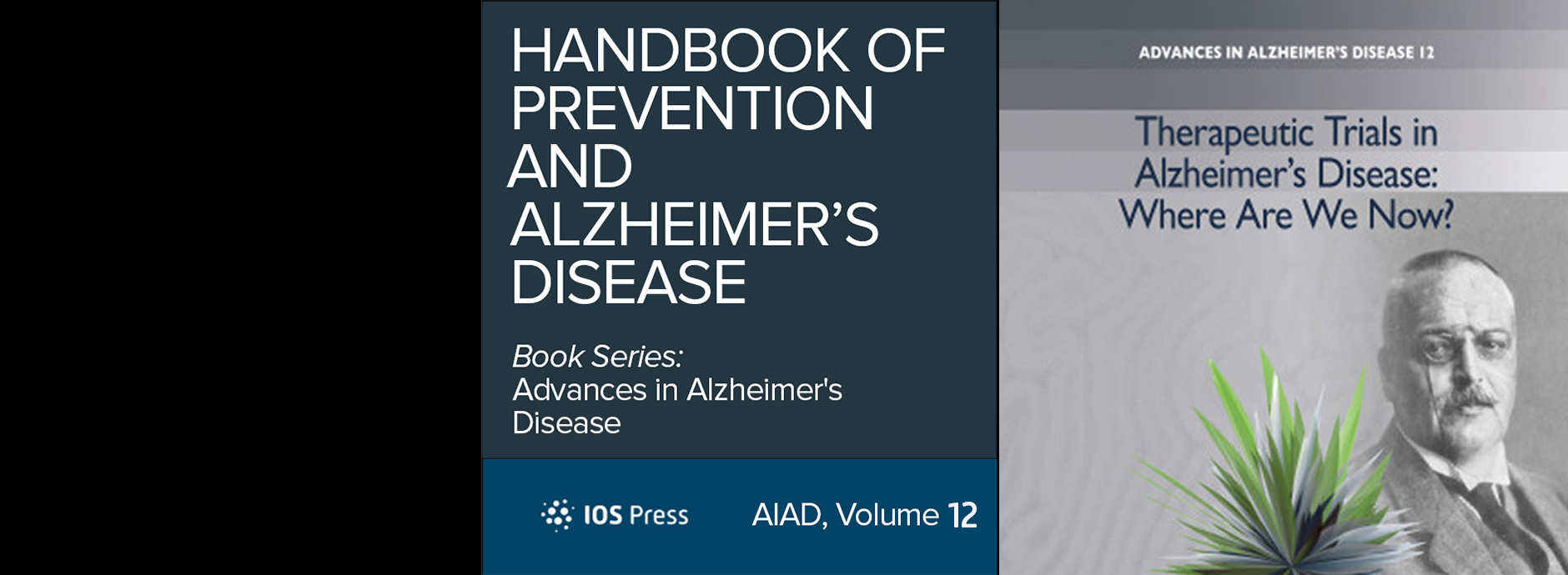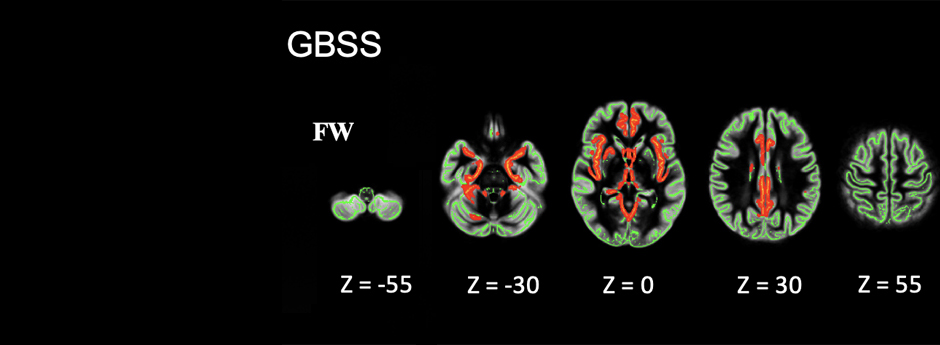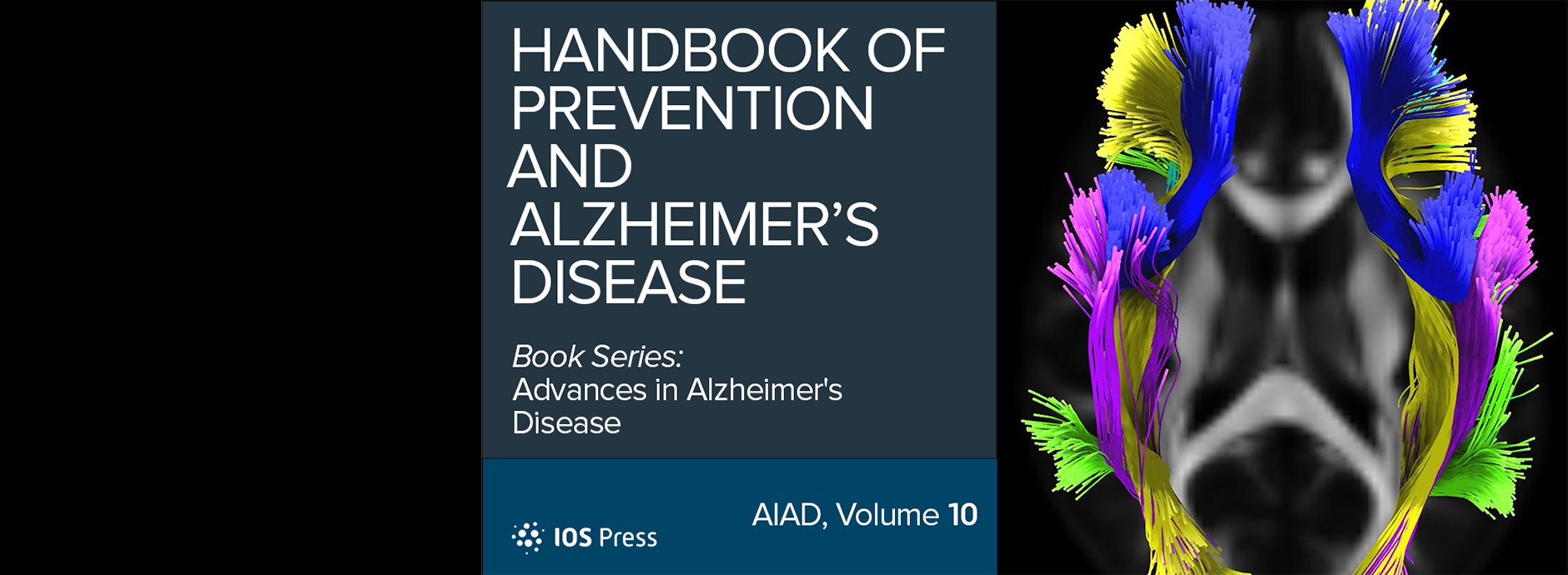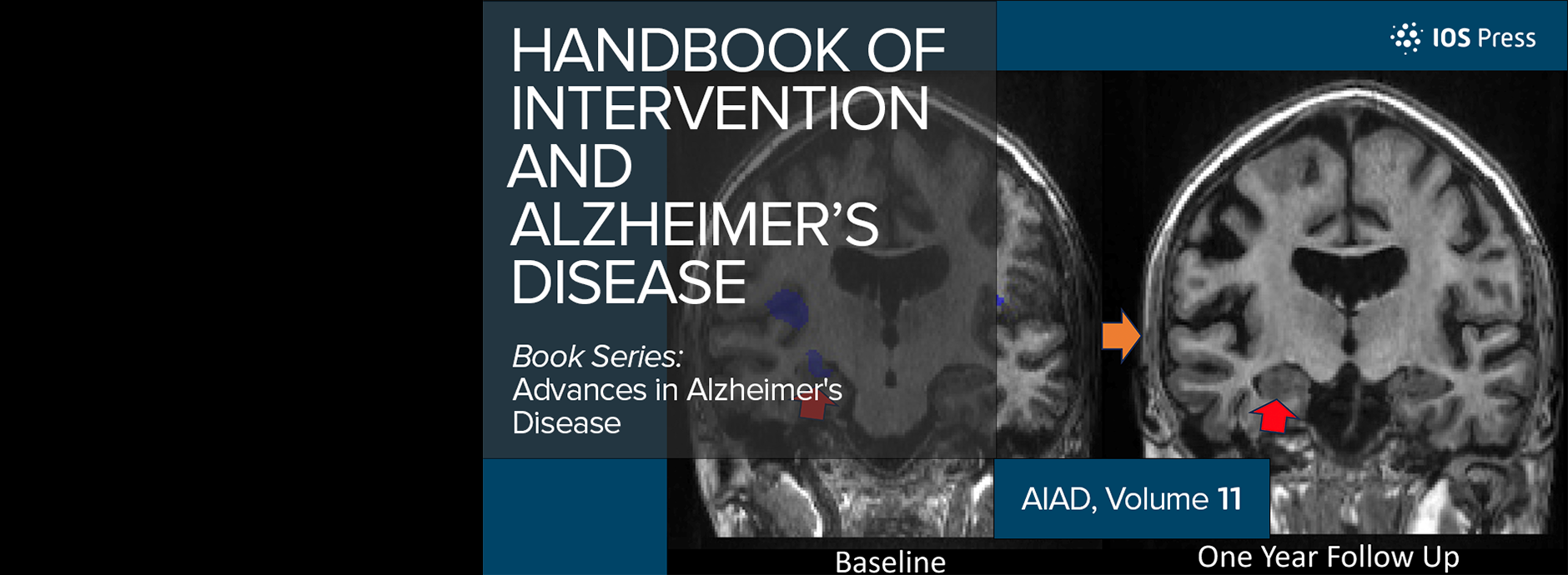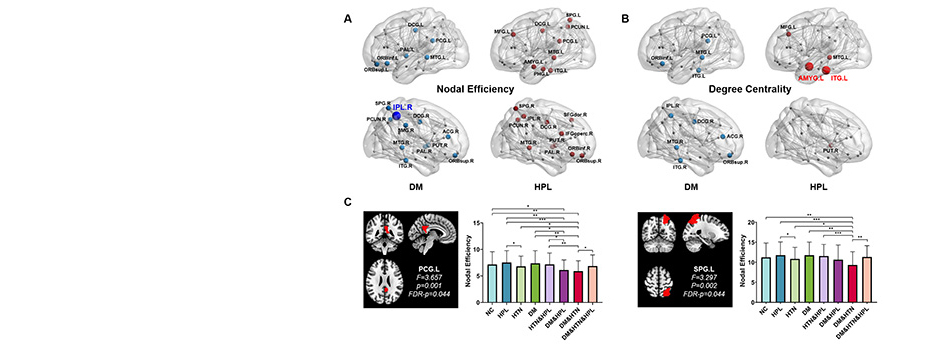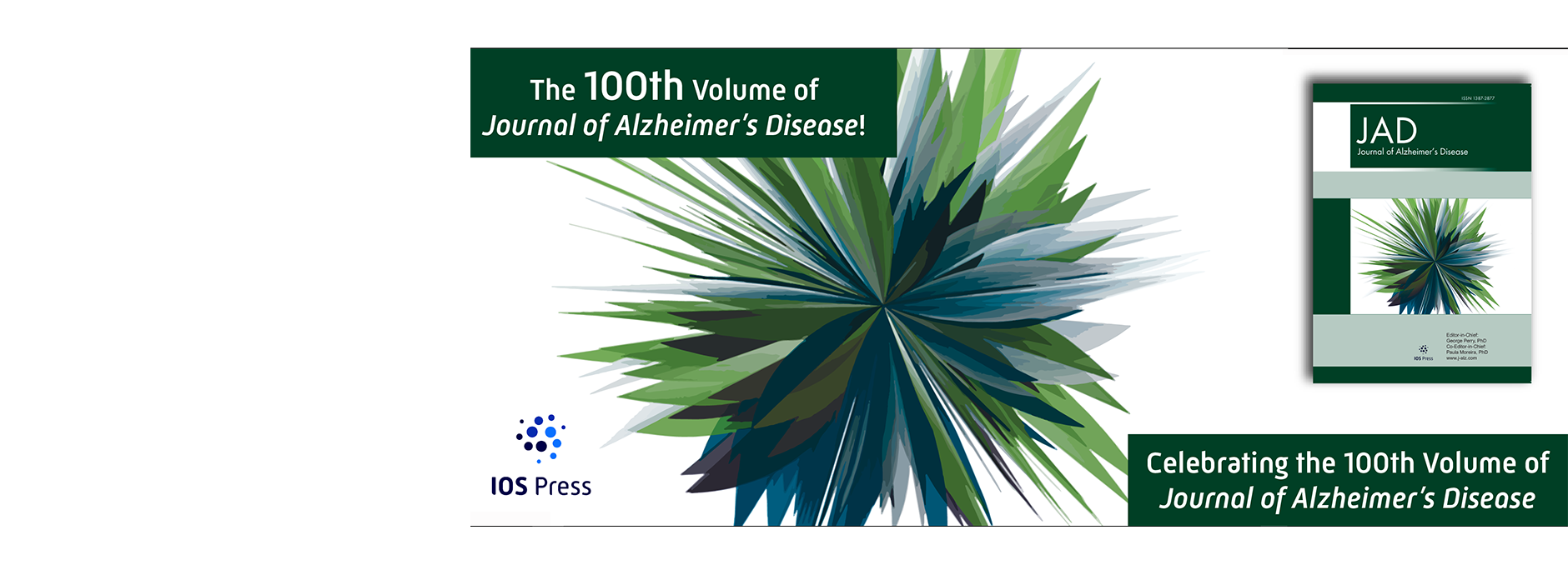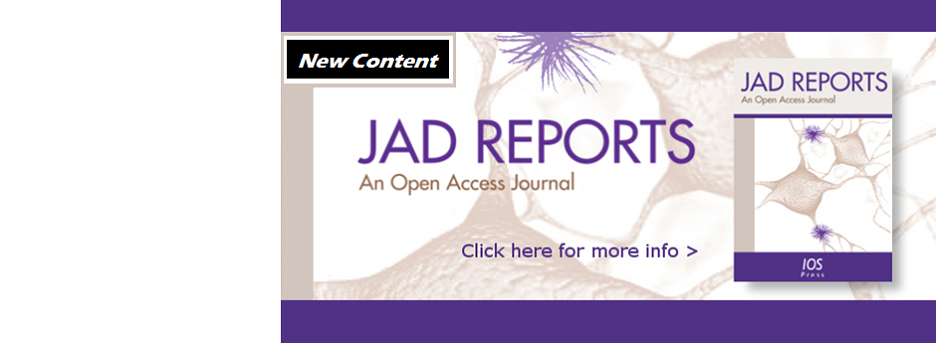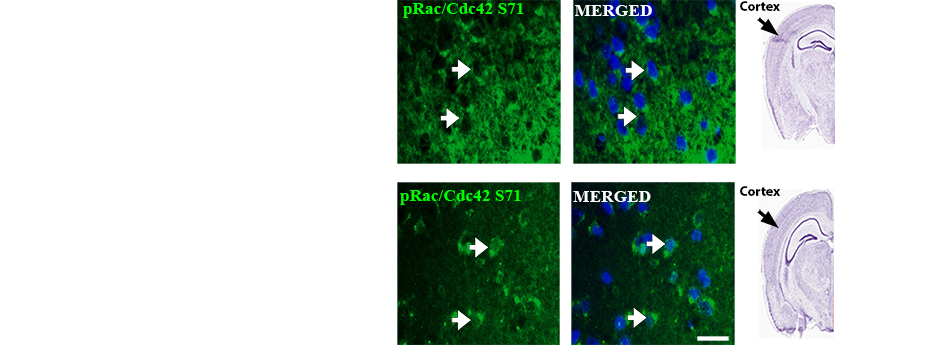is an international multidisciplinary journal to facilitate progress in understanding the etiology, pathogenesis, epidemiology, genetics, behavior, treatment and psychology of Alzheimer's disease.
Both primary neurons and astrocytes exhibit calcium overload with the addition of toxic soluble Aβ oligomers. However, this calcium overload is prevented when pre-treated with NB-02, a novel botanical drug. From Miller et al., JAD99(2).
AD patients had higher free water versus controls in limbic areas, precuneus, frontal/temporal lobes, putamen, and cerebellum. From Nakaya et al., JAD99(4).
Edited by C.A. Raji, Y. Leng, J.W. Ashford, and D.S. Khalsa, this book (AIAD, Vol. 10) introduces physicians, scientists, and other stakeholders to this subfield of AD research.
Edited by C.A. Raji, Y. Leng, J.W. Ashford, and D.S. Khalsa, this book (AIAD, Vol. 11) is a comprehensive overview of strategies for tackling Alzheimer’s disease and will be of interest to all those working in the field.
Exploring the impact of different single or combinations of vascular risk factors on the shared vulnerable brain regions and white matter structural network for vascular risk and Alzheimer's disease in middle-aged and elderly individuals. From Wang et al., JAD99(4).
JAD proudly releases a celebratory supplemental issue in honor of its 100th volume.
We examined the positional relationship between NOTCH3ECD and mitochondria using immunofluorescence. We found that NOTCH3ECD displays a strong co-localization with mitochondria in both the control group and the mutant group. From Wang et al., JAD 100(4).
JAD Reports is our fully open access international, multidisciplinary journal dedicated to providing an open forum for original research that will expedite our fundamental understanding of Alzheimer's disease. View new content
Human Alzheimer's brains showed increased ferritin and transferrin receptor (TfR) expression and TfR+ neurons and ferritin+ microglia were frequently detected in spatial proximity to p-Tau+ structures. From Mayr et al., JAD102(4).
Plane based cytoplasmic to nuclear localization of pRac/Cdc42 (S71). Top) In the rostral part of the mouse cortex pRac/Cdc42 (S71) is absent from the nucleus. Bottom) Deeper into the cortex, pRac/Cdc42 (S71) is present in the nucleus. From Nik Akhtar et al. JAD 102(3).


